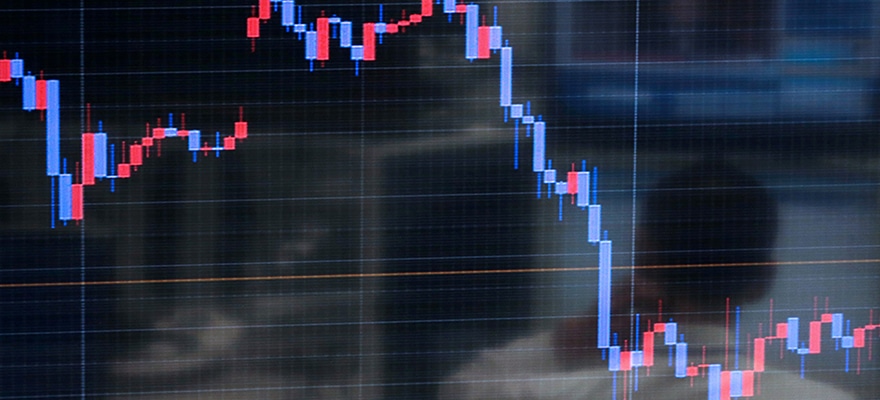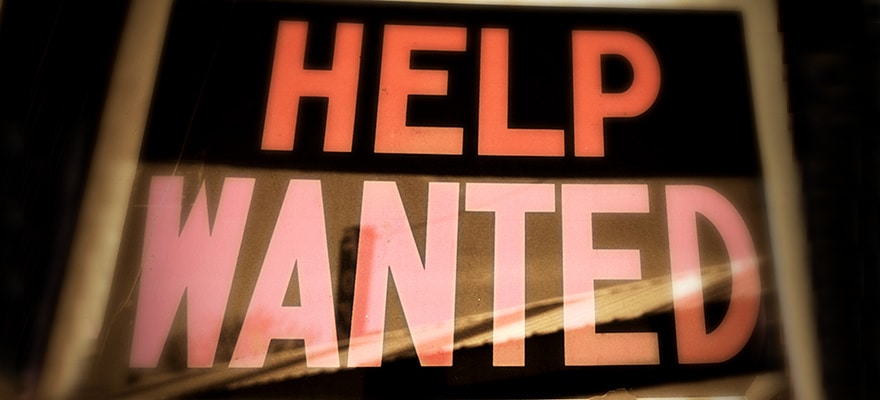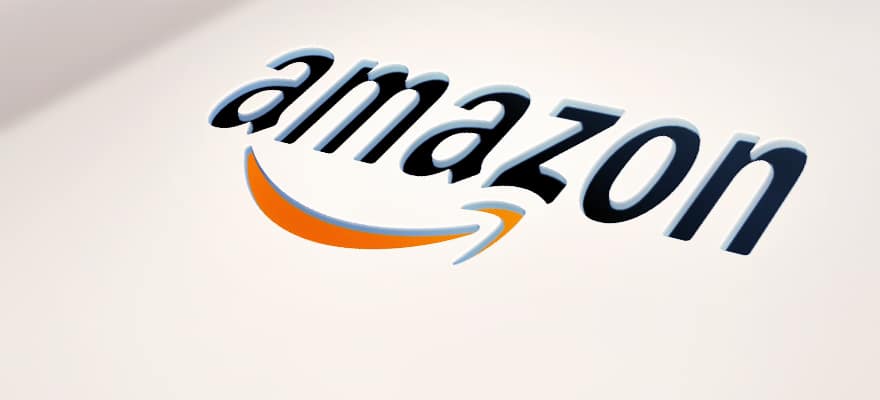Prepaid cards are a sure generator of profit, be it open or closed looped cards, but it’s the virtual segment of prepaid cards that is gaining traction.
A recent report by Convenience Store Decisions has taken a deeper look into the non-physical counterpart of conventional plastic cards. While making up only 5%-10% it is still too soon to see digital only cards replacing plastic, but given the market share was around 2% between 2009 and 2012, the segment has grown respectively.
One of the major benefactors to the recent growth in virtual cards is primarily the rise in mobile adoption. As more companies begin to offer Digital Wallet services, such as MasterCard’s MasterPass, its more convenient than ever to use open looped virtual cards (cards which are affiliated to leading card brands) at physical points-of-sale. The closed looped cards (retail branded cards) fare less given less mobile support. However more Ecommerce oriented channels from top retailers have contributed to rise in closed looped card usage as well.
“When the Internet first started, people were saying there would be no more need for physical banks or stores, yet somehow we still find ourselves driving to the grocery store, shoe stores and other retail locations,” stated Ben Jackson, senior analyst prepaid advisory service at Maynard, Mass.-based Mercator Advisory Group.
One hurdle virtual cards need to overcome originates in consumer psychology. The bulk of prepaid cards are purchased as gifts. The inability to insert a virtual card into a gift envelope has created a damper on mass adoption.
“For many people, there is a gift-giving psychology; they want to give the recipient something physical to open. A virtual gift card does not satisfy that need, while a plastic gift card does,” Jackson explained.
Another obstacle is the fact that physical cards are still needed in the majority of physical locations. An illusion of a digital-only-age with the introduction of the internet and Ecommerce has yet to become a reality. As more consumers are purchasing online, the “necessities” such as grocery shopping maintains the importance of plastic cards.
As more retailers decide to go down the route of mobile contactless Payments such as NFC, in a less fragmented market, open-looped cards should find their place in mobile digital wallets, resulting in a wider adoption rate.
Image courtesy of Wikipedia

















